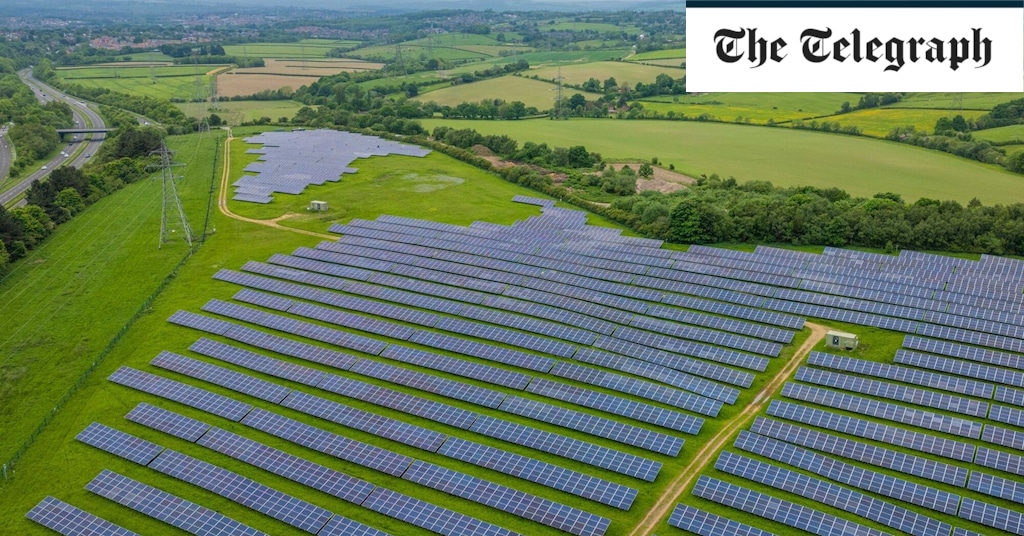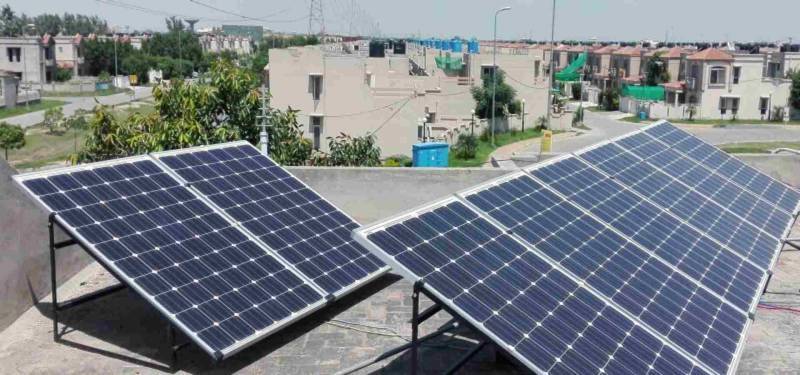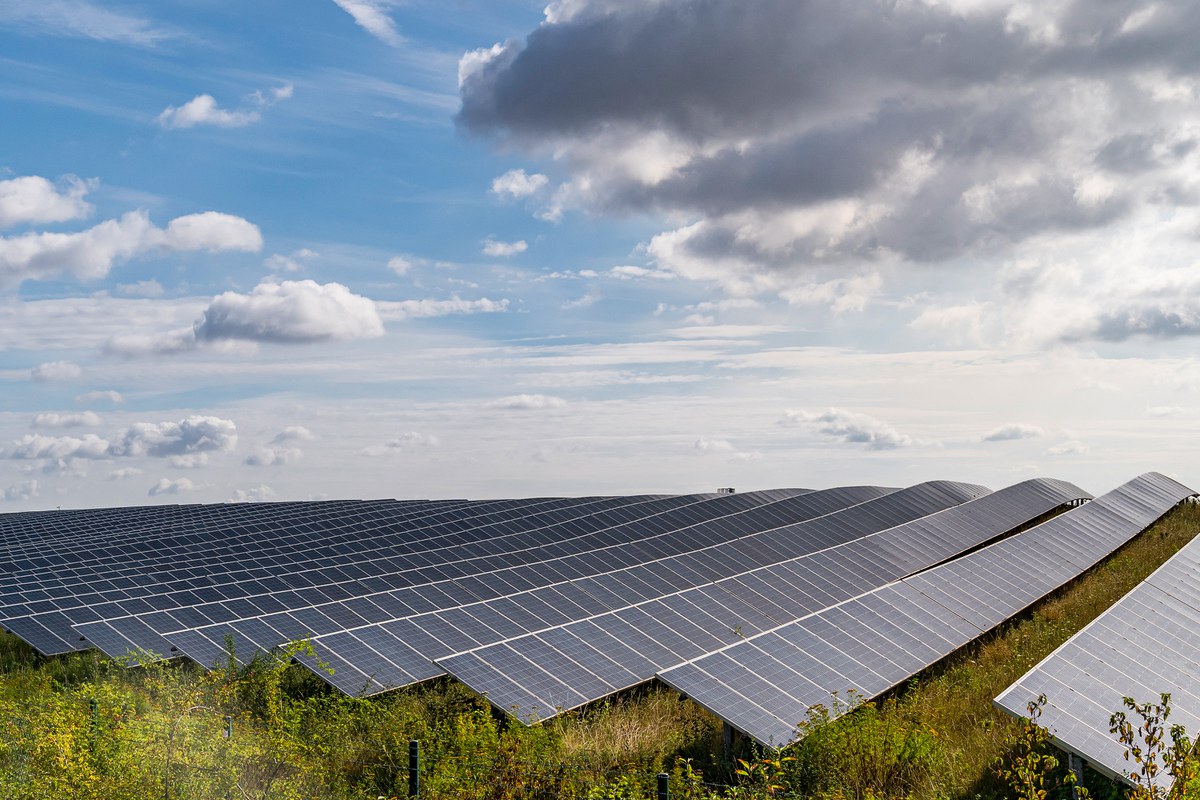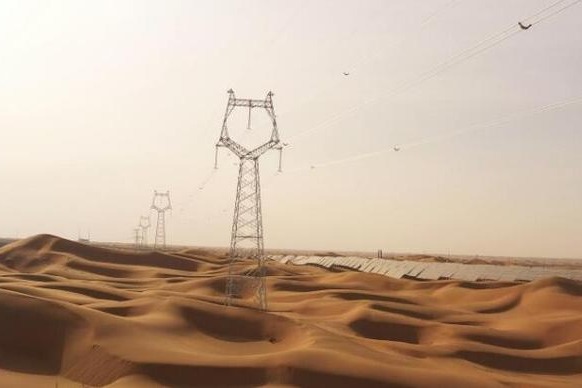Concerns Over Solar Farm Expansion
Actress and environmentalist Tracy Ward is protesting against plans for a 2,000-acre solar farm, partially on her ex-husband’s estate, the Duke of Beaufort, in Gloucestershire. Ward argues that solar panels should be placed on roofs, along motorways, or industrial sites. She warns against climate change fearmongering leading to poor decisions, emphasizing that solar panels on vast farmland are both an environmental and economic error.
Solar Farms vs. Farmland
Farmland already functions as a natural solar farm, converting sunlight into food energy for humans, insects, voles, and birds. Dr. John Constable of the Renewable Energy Foundation states, “Preferring low-grade electricity over high-quality British farm produce highlights the irrationality of some green policies.”
Solar energy advocates claim that grazing sheep under solar panels or allowing weeds to flourish can coexist with solar farms. However, solar panels capture sunlight, which plants need to grow. On a typical summer day, only about 10% of sunlight missed by the panels reaches the plants. This scenario creates a zero-sum game between solar energy and agriculture.
Land Use and Energy Production
The debate centers on whether home-grown electricity is more crucial than home-grown food. Currently, reliance on imports for both is increasing. Land is essential for food production, but electricity can be generated through various methods.
Writer Robert Bryce estimates that solar power requires about 200 times more land than gas per energy unit. Concentrated production spares more land for nature, making reducing human land use an ecological priority. Historically, using landscapes for energy, as in the Middle Ages with wind and water, could harm nature.
Britain’s Solar Potential and Challenges
Britain excels in wheat yield due to its soil moisture and summer day length. However, it ranks low in solar-power potential. The country receives only 1-2 kilowatt-hours per day of “direct normal irradiation” on average, compared to 5-8 times that amount in most of Australia. Some studies question if solar farms in Europe north of the Alps generate more energy than it takes to build and replace them every 15 years.
Meeting UK electricity demand with solar power on a June afternoon might require covering 5-10% of the country with solar farms. These farms would be ineffective at night and in winter. Solar output peaks when demand is lowest, contributing minimal power during December and evenings in spring and autumn. More solar power on the grid increases evening gas demand, necessitating costly backup systems. Batteries offer limited assistance, requiring billions to cover even a single night, let alone winter.
Material Demands and Economic Security
Solar power’s material demands are significant, with silicon, silver, and copper shortages potentially hindering large-scale solar farm construction. Solar requires about six times more material per megawatt of capacity than gas, though only half that of offshore wind. Much of these materials come from China, posing economic security and environmental risks. While solar panel costs are dropping, panels account for just a quarter of solar farm expenses. Infrastructure and land costs are rising.
To prevent subsidized, unsightly solar farms from consuming more green land, planning guidance on solar farms must change swiftly. These developments, which may benefit a few financially, threaten the green and pleasant landscape of Britain.
In summary, while solar energy investment is crucial, balancing solar technology developments with agricultural needs and environmental considerations is imperative. Thoughtful solar market analysis and green energy policies will ensure sustainable energy storage and usage without compromising farmland and food production.
Source:telegraph.co.uk





